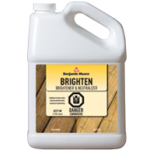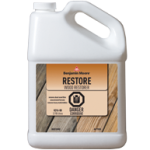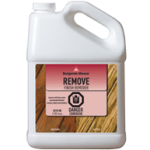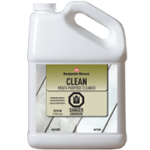Prepping your fence & deck for stain
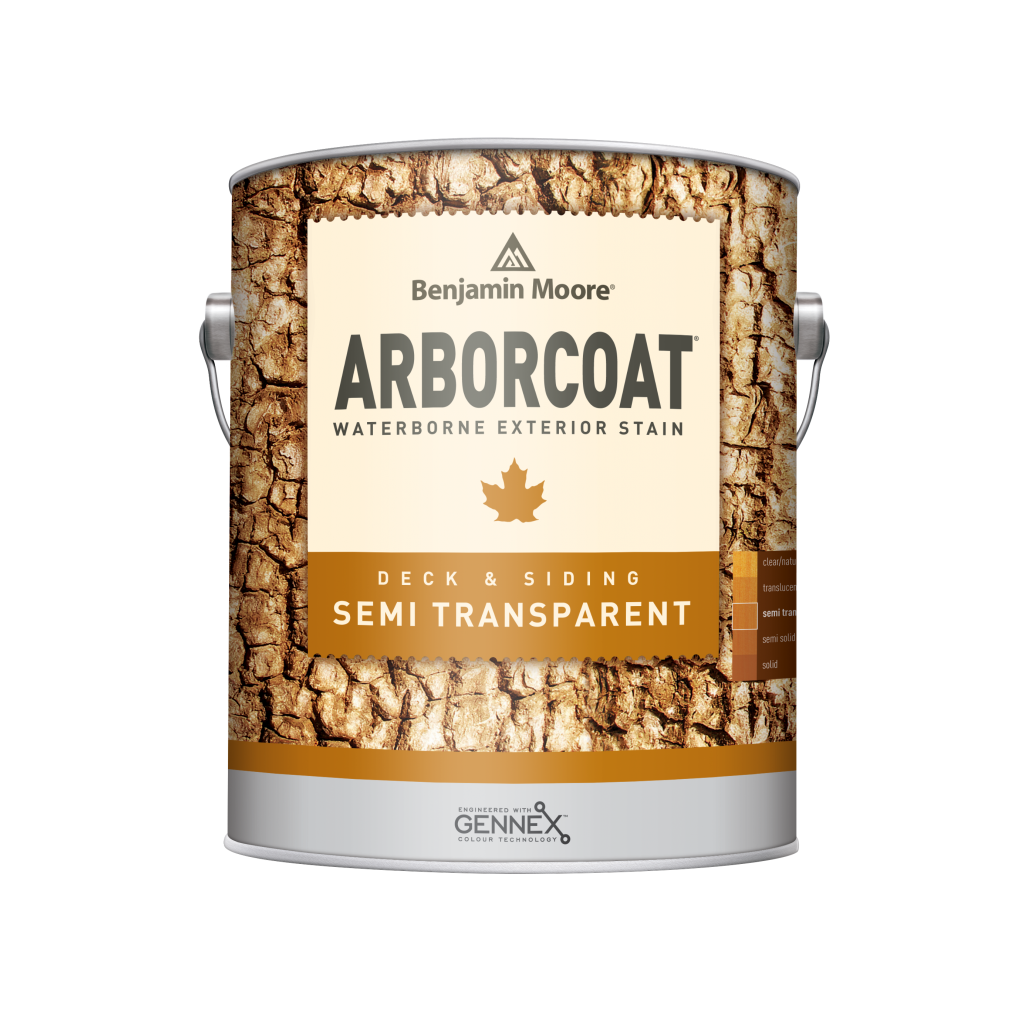
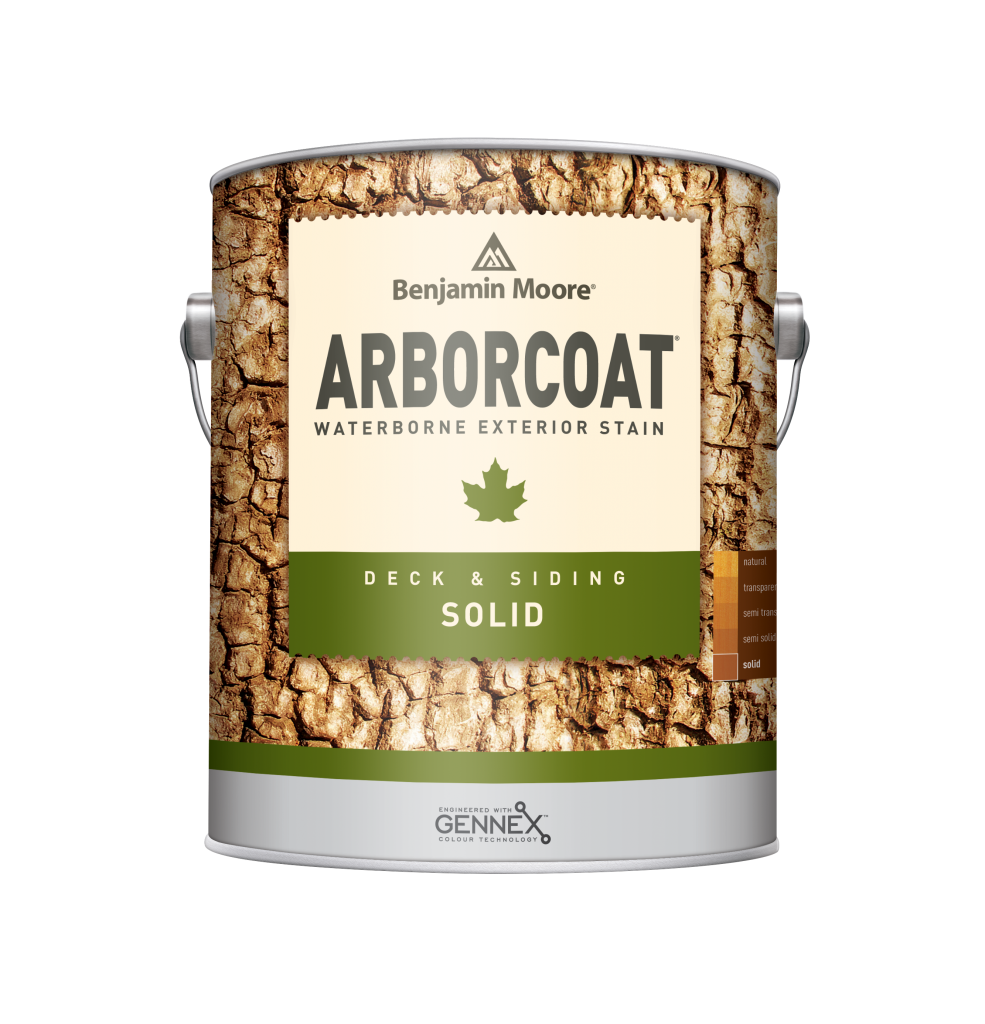

Staining your deck helps protect your investment, while giving you a great looking outdoor space. See below our guide on making sure your deck or fence is ready to be stained.
General preparation information
Pressure washing & sanding
Getting your deck ready for stain can ensure that your deck is ready to
There are two methods for prepping a deck – pressure washing and sanding. Pressure washing is typically done in conjunction with a chemical solution. Both methods perform certain functions:
Pressure washing: Cleaning the deck removes dirt, mildew, and stains. Using a chemical solution can also break up the mill glaze on new wood.
- Apply cleaning solution and work into your deck, and let sit per the instructions
- Use moderate pressure, 500-1000 PSI, with the nozzle 8-12 inches from the surface
Sanding: Increases the porosity and uniformity of the wood.
- Vertical surfaces with 80-120 grit sandpaper
- Horizontal sufraces with 60-80 grit sandpaper
- Hardwoods with 60 grit sandpaper or less
New deck/fence
- New wood still needs proper preparation for stain. It may have a mill glaze, or have dirt in the wood that needs to be cleaned out.
- Mill glaze is created when the lumber is planed, and leaves a shiny look/glaze on the wood. If this isn’t removed, it can prevent the stain from adhering to the wood. To break up the mill glaze, using Benjamin Moore Brighten will break it up.
Weathered wood (unstained)
- Using a product such as Benjamin Moore Restore will restore the wood, and remove stains caused from mold and mildew.
Stained wood – removing the coating will help your wood take a new coat of stain. Using Benjamin Moore Remove, and then pressure washing will take the existing stain off your deck. This isn’t always necessary – if you’re applying a solid stain, you may just need a light sand.
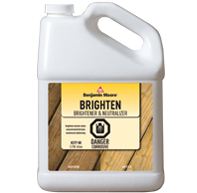
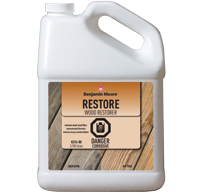
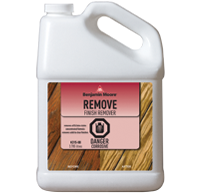
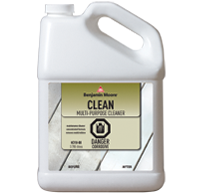
- Benjamin Moore Brighten $27.99
Breaks the “mill glaze” on new wood. Removes tannin and rust stains.
- Benjamin Moore Restore $35.99
Restores old, weathered wood, and will remove stains from mold and mildew.
- Benjamin Moore Remove $37.99
Removes latex and oil stains, as well as clear finishes through solid color stains.
- Benjamin Moore Clean 28.99
Excellent for maintenance cleaning. Will remove stains from mold and mildew.
Frequently Asked Questions
Yes! A common misconception is that if the wood is “new”, it doesn’t require any prep. New wood generally has a mill glaze, which is created when lumber is planed to achieve a flat, smooth surface. The shiny glaze left will keep your stain from penetrating the wood, so it must be removed.
At minimum 10 degrees Celsius, is best.
There are two primary ways:
- Pressure washing
Pressure washing can be done in conjunction with a chemical solution
- Sanding, which produces optimum surface porosity and uniformity
- Vertical surfaces with 80-120 grit sandpaper
- Horizontal sufraces with 60-80 grit sandpaper
- Hardwoods with 60 grit sandpaper or less
It depends on how warm it is. The moisture content should be less than 18% so if it’s warm, it could be a day, but could take up to 3-4 days.
Yes and no. If you are applying a solid stain, then you can usually apply it overtop of your existing stain, but will need to sand any loose flakes to ensure that you have good adhesion of the new stain. If you are applying a semi-transparent or semi-solid color stain, it’s recommended you remove the old stain as the colors will mix and you may get inconsistent colors throughout your wood.
This is a hard question to answer. Exterior wood is subject to many adverse weather conditions in Calgary that change from year to year, and the purpose of stain is to protect from those conditions. Proper preparation will extend the life of your stain, and using a good stain will give more longevity, however; we recommend focusing on using a stain you like, that gives you a look you enjoy, rather than how long it will last.


